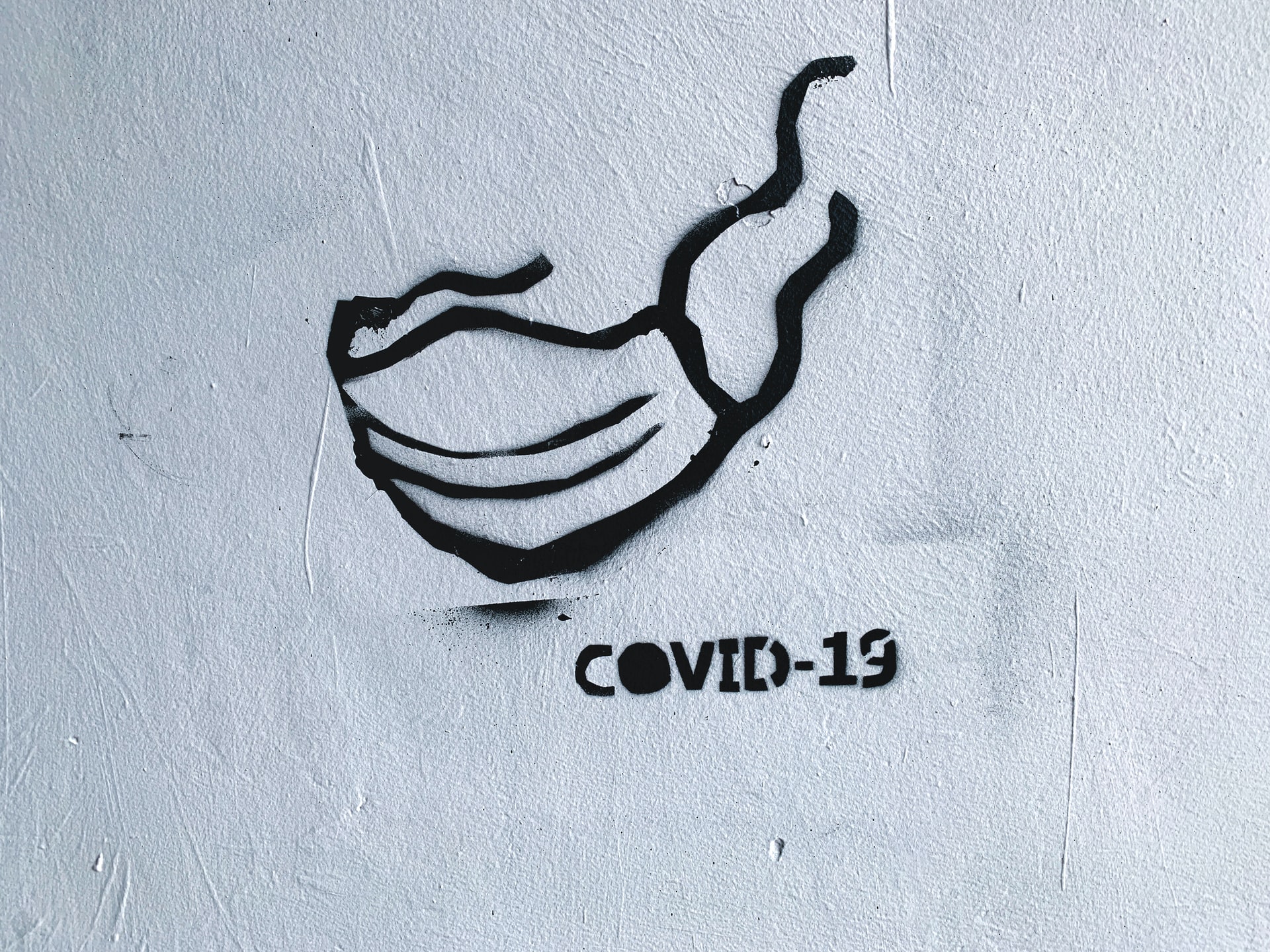High school and middle school students in East Penn head back for their first in-person instruction of the school year today. The current safety plan calls for half the students to attend school in-person on any given day. Parents who wish to have their children participate fully remotely have that option too.
This seems like an appropriate time to take stock of where we stand when it comes to public education in the midst of a pandemic.
First, Some Good News
There are reasons to be optimistic. There have only been six positive cases in our schools so far by my count, and none of these have resulted in the spread of COVID-19 through the schools. This suggests that the health and safety plan the district has adopted– including mandatory masks, social distancing, and decreased student density– may be working. And our district’s experience is similar to that of other districts that have reopened. The evidence right now, though far from definitive, suggests that schools are not acting as “super spreader” sites for the virus.
There has even been some silver lining to the disruption of the school year. While the pandemic has led to a spike in anxiety and mental health issues for adults, initial evidence suggests this hasn’t been true for teens. One study shows that overall measures of mental well-being among teens have actually improved during the pandemic compared to the previous year, a finding the study authors suggest might be due to increased sleep and less social media time among teens.
Some of the early concerns about school reopening also turn out to be unfounded. People said it would be difficult to enforce mask rules on kids, but students of all ages have generally done very well with this. People also expressed concern early in the pandemic that the virus would spread through contaminated surfaces in schools. This has turned out to be less important than initially thought, so the safety of the schools doesn’t depend on relentless disinfecting of “high touch” areas.
And Now, Some Bad News
Our students, teachers, staff, have done their part to safely reopen the schools. Unfortunately, however, this isn’t enough on its own. The school district is not an island, and no school safety plan will allow the schools to stay open if the pandemic continues to spread in the community.
Here there are ominous signs:
- The number of cases and hospitalizations has been going steadily up in Lehigh County for several weeks now. The number of new daily COVID-19 cases is now 62 per 100,000 residents in the county, above the 30-50 per 100,000 many health experts say is safe to keep schools open.
- Our positivity rate in Lehigh County, a measure of whether enough tests are being done to adequately trace the spread of the pandemic, is currently 4.1%. This is both a 46% increase from just a week ago, and above the 3% threshold experts say is required to suppress COVID-19. Both New York City and Boston public schools have closed in-person classes in areas with similar (and even lower) positivity rates.
- Perhaps worst of all, nobody is actually keeping track of what works, or what doesn’t, when it comes to safely reopening schools. Education Secretary Betsy DeVos said publicly last week that the Department of Education would not do so. This means that the data that we have on the safety of our kids in school will be necessarily partial and incomplete until it is too late to do much about it.
The Punchline: What Schools Need
The reality is that our schools will close again if the pandemic continues to rage through the country unchecked. We know what works to stop COVID-19, and we’ve known for months now– despite what some online trolls continue to post on social media. What we need is state and federal officials who are willing and able to implement these measures. We need greater use of masks, greater social distancing, more testing that is freely accessible to everyone, reliable contact tracing, and a coherent government plan to support key social institutions like public schools during the pandemic.
Two months ago, a wedding reception was held in Maine where attendees neither wore masks nor maintained social distancing. The event led directly to the deaths of seven people who didn’t even attend the reception. The case starkly puts the lie to the argument that safety during the pandemic can be a matter of individual choices about taking risks. The fact is that a pandemic is by definition experienced collectively, not individually. Those who died in Maine were never given the freedom to choose whether they lived or died as a result of the wedding reception.
The choices each person makes when it comes to reducing the spread of COVID-19 thus impact not just themselves and their loved ones, but everyone in the community. We are all frustrated with the limitations the pandemic has imposed on us. We’re tired of the isolation and the disruption. We’re desperate to give our kids some sense of normalcy. At the same time, I hope we can all keep in mind that there will be a bright and direct line between the choices people make over the course of the weeks ahead and whether or not it will be possible to provide the education our kids need and deserve.
